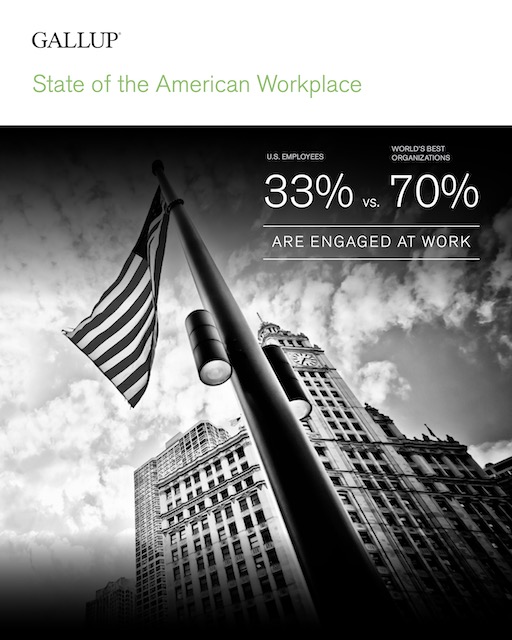Employers are increasingly demanding that remote workers return to offices or other workplaces. Some are offering bonuses and pay increases to return to work while others are threatening to fire employees who don’t return.
Click image to download a copy of this report.
Employers such as Disney argue that the creative work they want out of their employees requires collaboration that can only be found when employees are working together. Others say that working in one location creates a work culture that is vital to the success of their companies.
At the same time, there are clear indications that forcing people to return to workplaces reduces their productivity. When employees are dissatisfied with their employers, many engage in “quiet quitting,” which means they reduce their work to the minimum required to keep their jobs. Many employers fear that people working at home will do this, but — suggests the recent productivity numbers — this is more likely to happen when employees are ordered to return to workplaces.
A recent Gallup study found that people work best when allowed to work at home 60 to 80 percent of the time. The study found that people in this category were most “engaged,” meaning “They love their jobs and make their organization and America better every day.”
Regardless of employer preferences, the numbers show that efforts to return people to workplaces aren’t succeeding. According to WFH Research, the amount of work taking place at home peaked at about 60 percent in May 2020 then declined to 35 percent by the end of 2020. Over the next 16 months it slowly declined to 30 percent, and has hovered around that number ever since.
Not coincidentally, transit ridership — which is more sensitive to telecommuting than other kinds of travel — reached 500 million trips in March 2022 for the first time since the beginning of the pandemic. Since then it has hovered around that number, reaching just 510 million in December 2022.
In short, no matter what employers say, it appears likely that around 30 percent of work will continue to take place at home. This means that downtown recovery rates and transit ridership in most urban areas will both remain low for the foreseeable future.









Working from home is far too lenient. “Overtime is a big issue for transit agencies. Many transit employees, from bus drivers to train conductors to maintenance workers, significantly boost their incomes by working overtime.”
Milking the clock is another aspect if lenient work culture…companies will try to crack down on… I adhere offices will make a comeback. Also working from home may seem convenient but reality is it sucks.
fully remote for almost a year and it had severe impacts on my mental and physical health.
In ones mind my apartment/home is a place to decompress from work. Not a place to get work done. Having a separate environment outside of my home to get work done allows you to relax at home. With WFH all the stress of work stay with you.
lot of people, including myself, don’t have space for a dedicated office space in their home. Even withbcomputers, document and work storage eats up significant space. So a lot of bedrooms or living rooms became offices. Places where you relax and have fun became places where you also stressed and worked. This impacted ones ability to relax. Plus internet problems. Dog is barking. Kids are yelling.
study by the American Psychiatric Association, nearly two-thirds of people who spend at least some time working from home say they’ve felt isolated or lonely from time to time. For 17%, that’s a constant feeling.
Working from home has made you occupied 24/7. No reason you cant call out….
In these “working from home” discussions I seldom see any measure of productivity … So I asked Bing, “How productive are white collar workers and how is productivity measured?” Bing replied …
White collar workers are those who perform non-manual work, such as office workers, managers, professionals, etc. Measuring their productivity is challenging because their output is often intangible, complex, and influenced by many factors. There are different methods and models for measuring white collar productivity, depending on the goals, criteria, and indicators used. Some examples are:
Physical ability to achieve: Were the goals realistic as per the person’s available time, capability, and the environment?
Personal ability to achieve: Were the goals practical for the person’s capabilities?
Readiness to achieve: Was there a complete absence of interference by other people?
Productivity measures of labor, capital, and materials: How efficiently were these resources used to produce output?
Productivity improvement strategies: How did the organization design and implement actions to enhance productivity?
(Links removed)
Bing then offered more on measuring productivity of software developers, accountants and teachers.
This part of “working from home” hasn’t been reported much, if at all, in the press.
I went into work today.